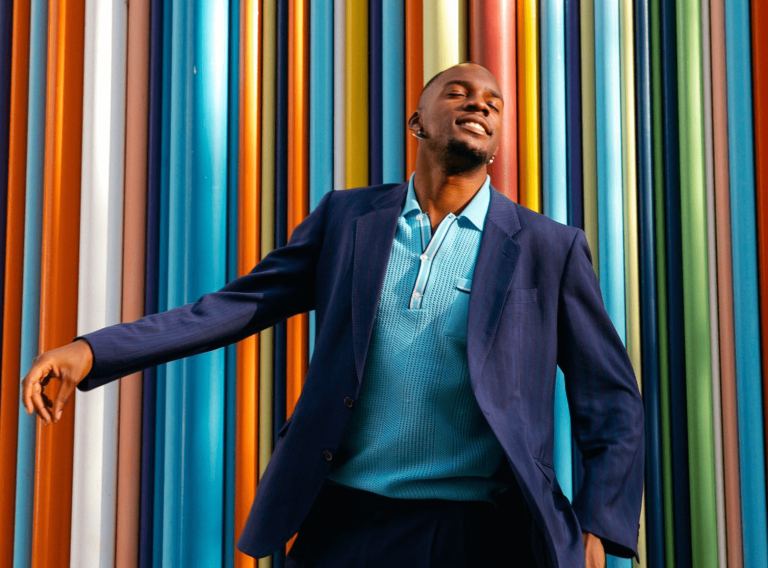The colour that flows and revives ordinary objects into creative and breathable pieces arises from the brilliant artistic mind of Nathanael Koffi. Through his work, he ignites a miraculous energy that drives the space around. Nathanael’s art is versatile in contrast, with a living palette of colours that he transcends to the canvases and everyday objects like cars, skateboards, signs, etc.
Nathanael immerses the audience in abstraction and imbues his artworks with an exceptional freedom of expression. You can also explore his vibrant and powerful art through multiple creative collaborations where new boundaries are challenged each time (Lee, Adidas, Maison Kitsuné, Waterford Whisky, etc.).
We couldn’t help but notice the colourful spark of Nathanael’s art and his genuine personality. In our conversation, Koffi shares his thoughts on chromotherapy, technological innovation, the flaws of the contemporary art world, and the transformation he infuses into seemingly inconspicuous but deeply meaningful objects.

